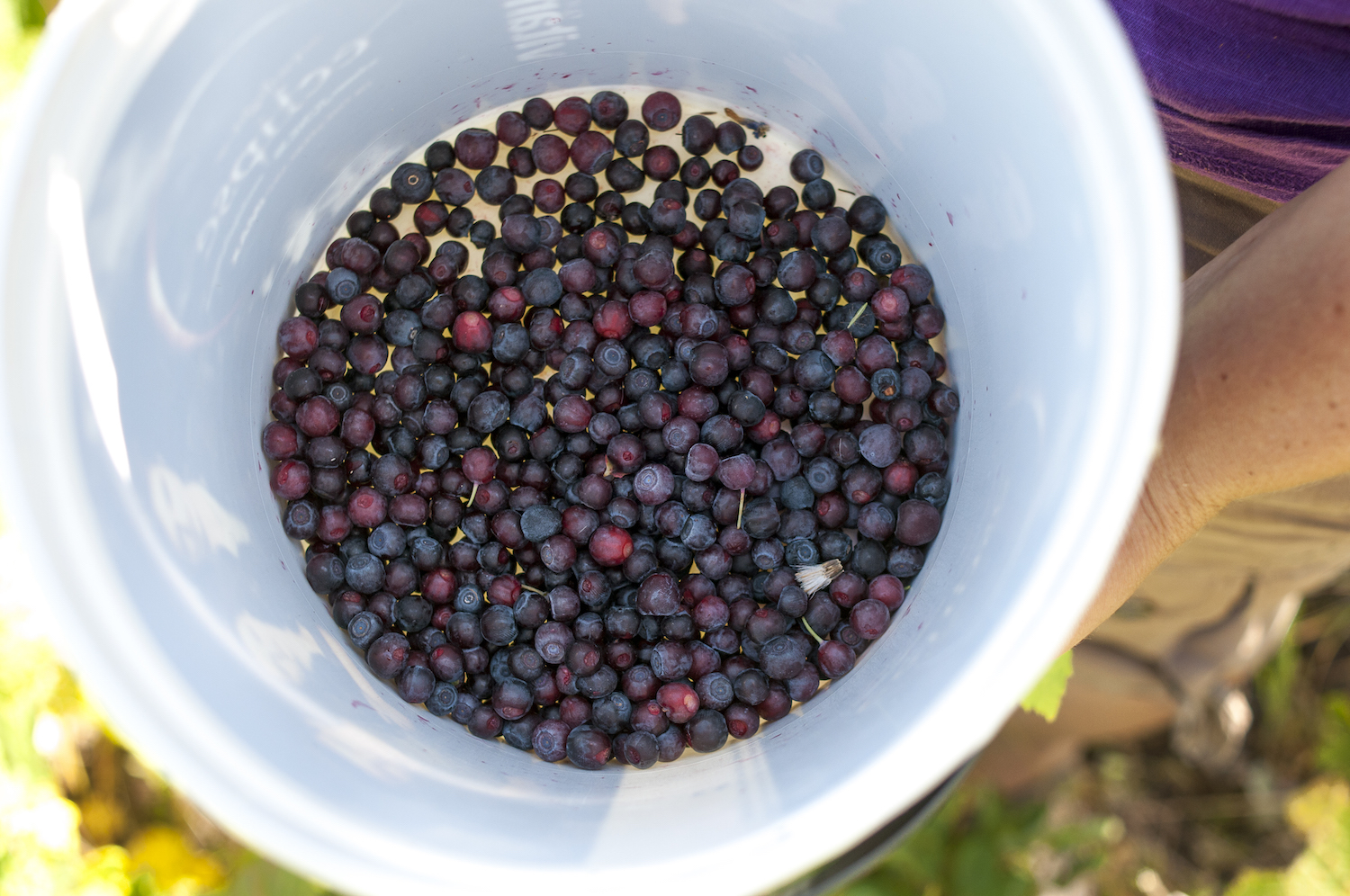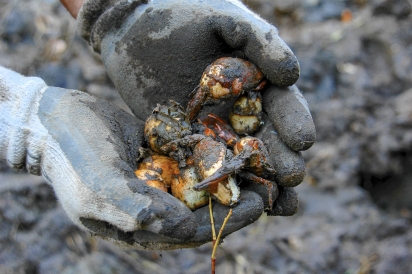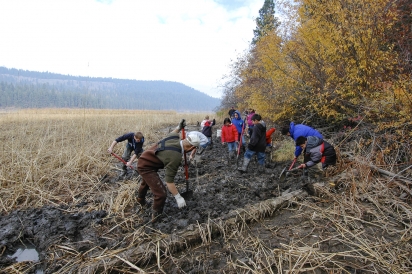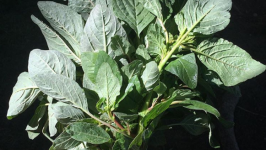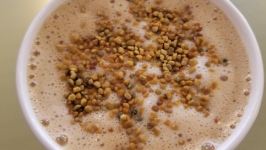At the Heart of it All: Coeur d’Alene tribe’s native food traditions
The Coeur d’Alene have always hunted, fished, foraged and even farmed… except when they couldn’t. Forced from their original homelands— some 5 million acres from the northern border along Sandpoint and Lake Pend Oreille, south to the Clearwater River, and extending from eastern Washington to western Montana—they adapted to reservation life. Then in 1910, the General Allotment aka Dawes Act played out, fragmenting their paltry 345,000 acres even more. Meanwhile, outside entities, especially mining industries, polluted land and water alike.
Yet the Schitsu’umsh, as they call themselves in Coeur d’Alene— meaning Those Who Were Found Here—persevered. For several decades, they have been working to undo past damages inflicted on themselves and their land, restoring the health of both simultaneously, often through a return to native food traditions.
“The health of the land can’t be separated from the health of the community and the health of the people,” says Laura Laumatia, environmental specialist in the tribe’s Lakes Management Department.
The tribal perspective, explains Laumatia, is holistic: promoting an understanding of food traditions, encouraging a return to a pre-contact relationship with food, having a strong relationship with the land and cultural identity. “That mind-body-land connection is communal.”
Laumatia was formerly an educator with the University of Idaho Extension, one of several entities vested in the formation of the One Sky/One Earth Coalition, an instrumental organization in promoting a return to traditional foodways.
Formed in 2010, the Coalition unites representatives of the educational community, including the university and local school districts, with the tribe’s cultural and natural resources departments, as well as its health and wellness providers.
One of the largest initiatives—still ongoing—was to re-establish gardening across the reservation, much like turn-of-the-century families whose farms numbered around 200. In fact, by 1853 when the Jesuits worked with the Coeur d’Alene tribe to establish the Mission of the Sacred Heart—also known as Cataldo Mission—they’d been farming a significant plot of land together.
Although the tribe established a farm enterprise in 1970—around 6,000 acres producing wheat, peas, lentils and other crops—the single-family or small-scale farms were long gone. They disappeared in the early 1900s, when federal legislation allowed tribal reservation lands to be parsed out, including to non-Indians (150,000 acres of reservation farmland is still privately owned).
The coalition’s efforts have resurrected interest in and support for gardening, including the establishment of a tribal farm. Located next to the food distribution facility—the tribe matches a portion of the cost of USDA-provided food commodities—the farm features “all the usual stuff” like corn, beans, melons and tomatoes, says Becky Walrod, an educator formerly with the coalition who now works with commodities. It also includes fruit trees and berry bushes, laying hens, the beginnings of a beekeeping enterprise and two greenhouses.
“We’re trying to make everything sustainable,” says Walrod, who also helped get gardening programs started at area elementary schools.
Youth involvement is a cornerstone of much of the tribe’s efforts to support native food traditions. Most youth camps and outdoor activities include some kind of food component, from understanding local water potatoes—Sagittaria latifolia, an aquatic tuber—to learning to prepare game meat or fish.
As they do every year, for example, the tribe’s Natural Resources department organizes an educational outing to nearby Hawley’s Landing on the southern end of Lake Coeur d’Alene for mostly fourth graders from nearby schools, and all of the Tribal School students, grades K–8. Come the end of October—when the leaves turn brown, as conventional wisdom dictates—more than 500 students over three days participate in Sqigwts Ha’chsetq’it or the water potato celebration.
Harvesting water potatoes, explains Bobbie White, who remembers learning about water potatoes when she was a local elementary student, is a multi-generational undertaking. Older women would walk—barefoot—in the mucky terrain, their footsteps loosening the pinkish-gray tubers, which would work their way to the surface for younger members of the tribe to harvest.
One of several major foodstuffs for which tribal members foraged— summer meant gathering huckleberries and camas bulbs—water potato is a hearty tuber that can be eaten fresh, boiled, roasted and dried for longer-term storage.
As a part of the Natural Resources staff, White’s been involved in nine seasons of digging with local schoolchildren and has revived the tradition in her own family as well.
Her mother, she explains, remembered digging water potatoes as a very young girl but was unable to share much more with her daughter owing that tribal traditions were squelched.
“People think boarding schools are 100 years ago,” says White, “but they weren’t.”
Now White takes her daughter, mother and grandmother digging, all four generations creating new memories and strengthening ancient traditions at the same time.
Coeur d’Alene Tribe
Lakes Management Department
University of Idaho Extension
One Sky/One Earth Coalition


